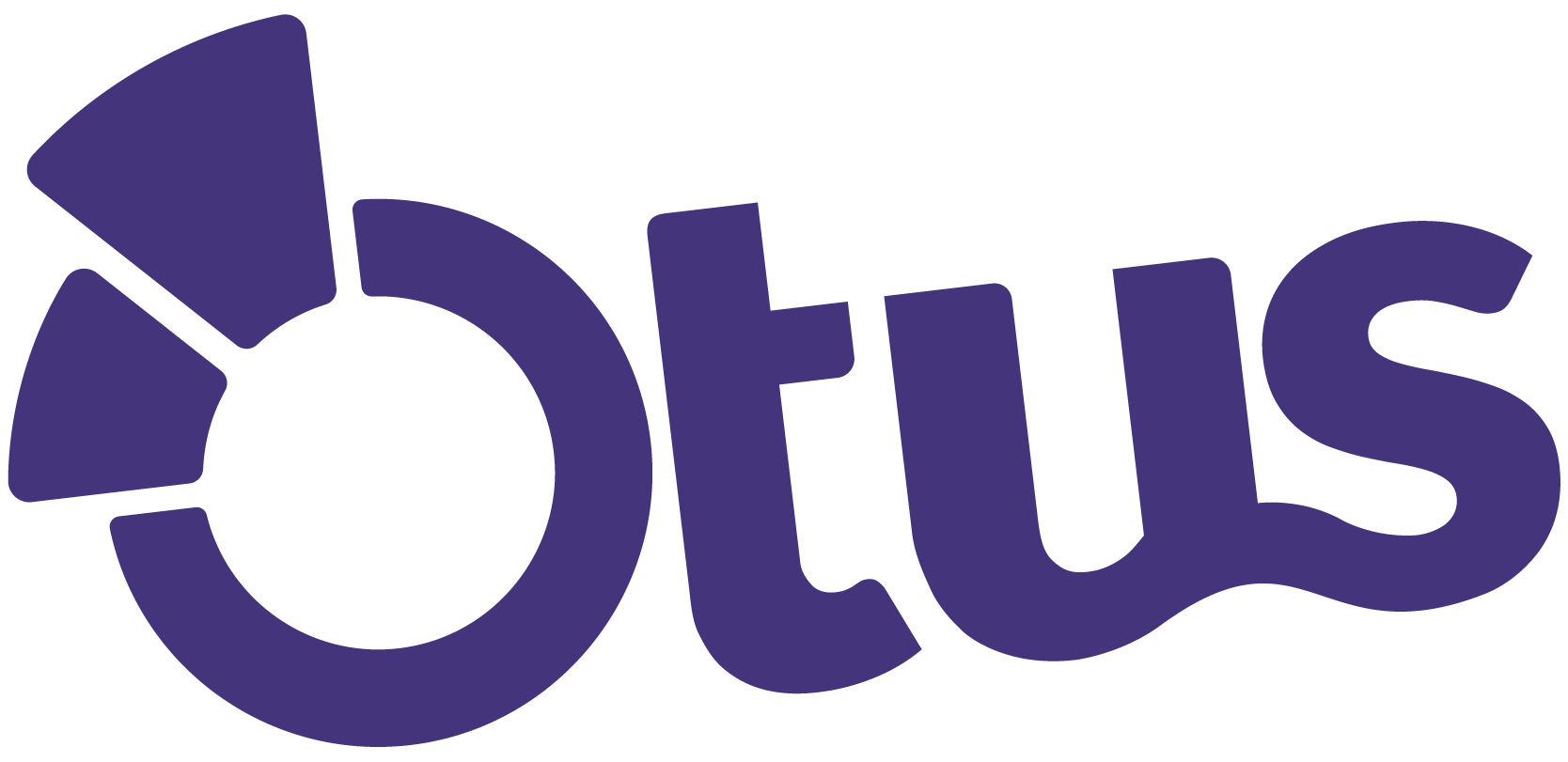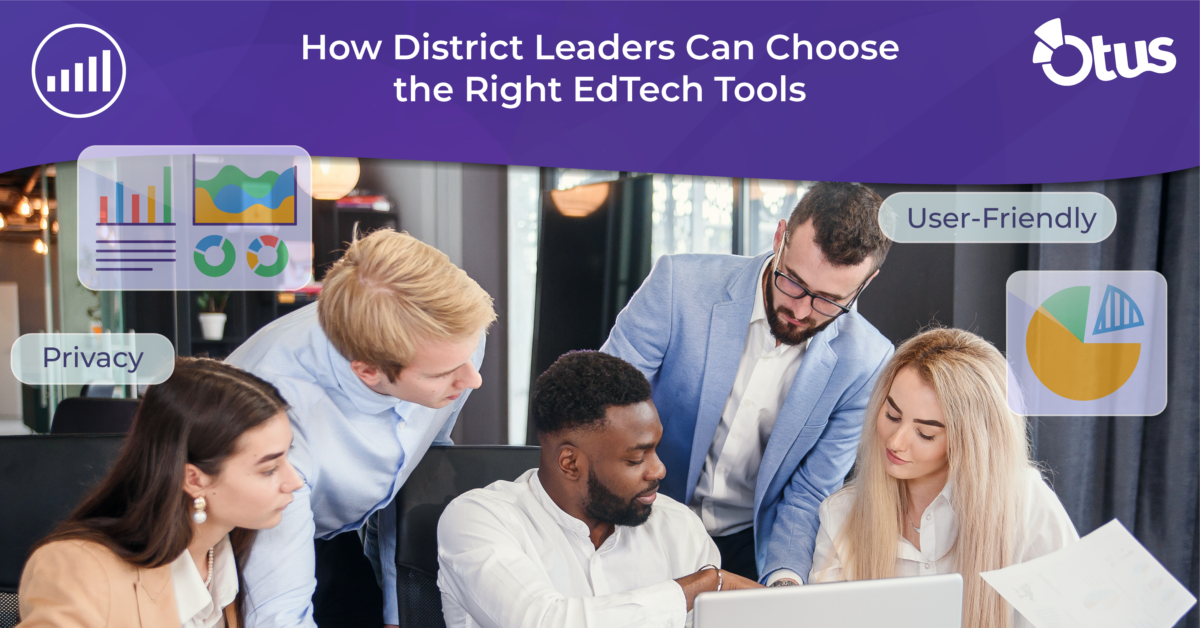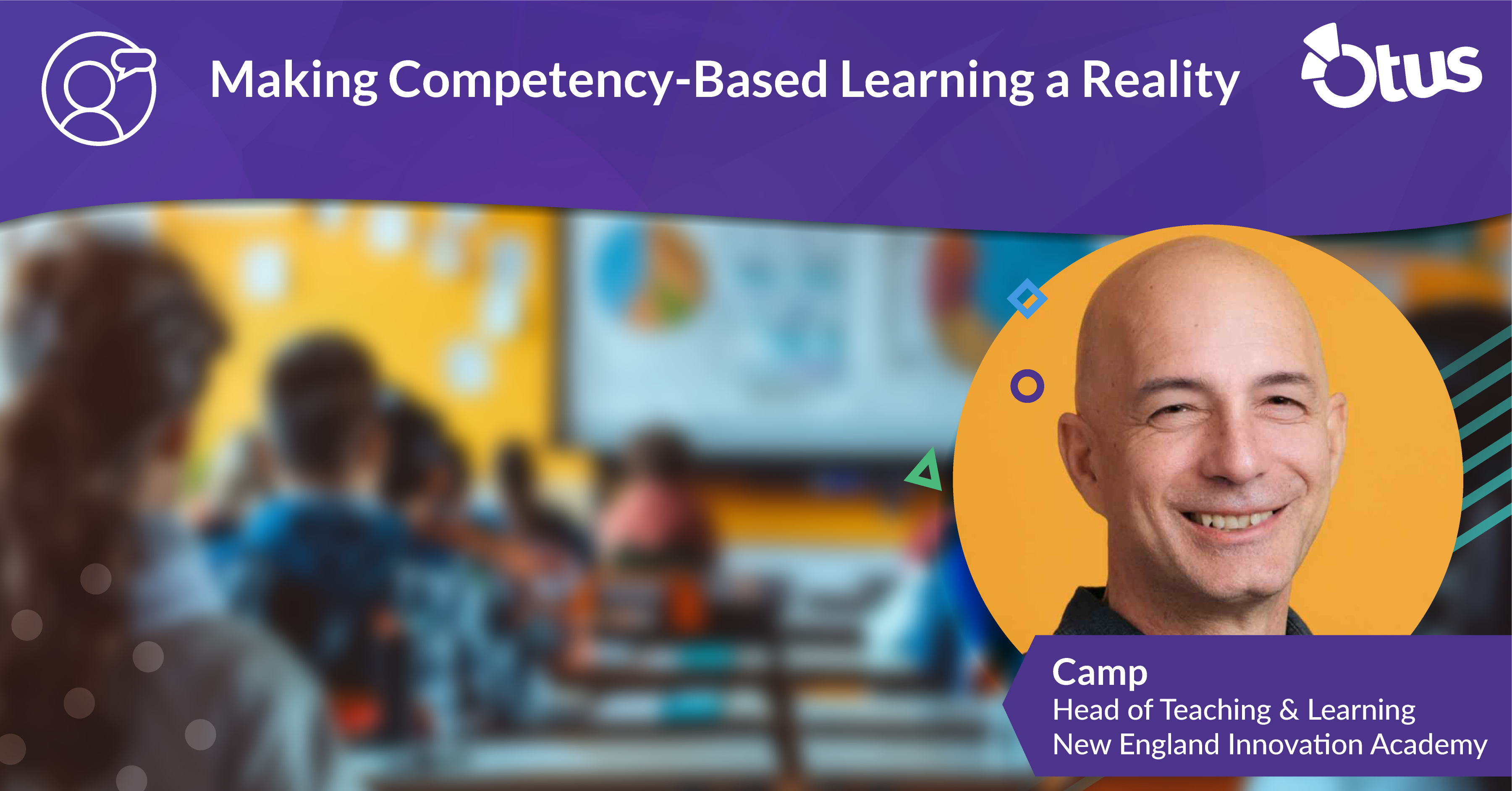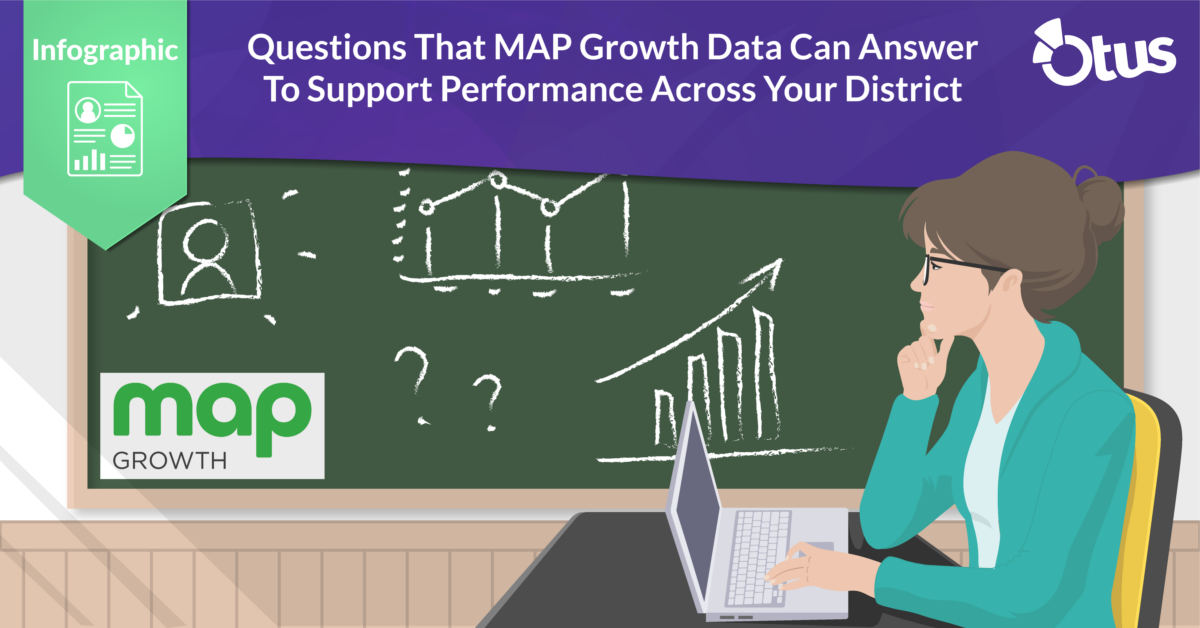The LMS was not designed with today’s K-12 educators and students in mind
The disconnect between LMSs and K-12
The origins of the learning management system began decades ago in higher education. Universities would provide adult learners with an online portal to manage course materials and resources. Since then, they have been (and continue to be) wonderful tools for higher education.
Inspired by eLearning tools in higher education, corporations began to use learning management systems to provide compliance training for adults. This was done as a way to efficiently standardize the way in which employees would receive information. It also provided evidence that this new information was received.
When K-12 school systems began to go 1:1, traditional LMS providers found a new market for selling their platforms. Providers targeted K-12 schools. However, many of these vendors have not modified their systems to accommodate today’s K-12 educators, students, or family members.
It’s pretty easy to spot when there is a disconnect between K-12 instructional practices and today’s most pervasive learning management systems. This is because teachers tend to respond in common ways.
Three Common Issues K-12 Educators have with an LMS
-
It isn’t Google Classroom
Google Classroom is not an LMS- and teachers love it! When a traditional LMS is imposed on teachers, the first push-back that administrators may hear from teachers is, “why do we need to use [insert an LMS] when Google Classroom does all of this”. Otus was designed to be an extension of Google Classroom- allowing teachers to leverage Google, but get more out of it. Learn how.
-
Teachers have no idea why they need to use it
When software is purchased for teachers without a “why”, it’s frustrating. The traditional LMS was not designed to support today’s K-12 instructional initiatives such as differentiation, standards-based grading, social-emotional learning, or data-informed instruction. When your teachers received PD on an initiative, and they are asked to use a software that doesn’t help them implement those initiatives, they will not know why they need to use the tool. Otus was designed to support K-12 instructional initiatives.
-
Students in grades K-8 don’t understand how to use it
The terms instructors, courses, resources, and modules don’t mean anything to most K-8 students. And, when students are asked to navigate platforms that use these terms (which were designed for adult learners), they get lost in the technology. Otus was designed exclusively for K-12 educators which means we spent time considering the words and workflows familiar to today’s K-12 communities.
Rethinking the K-12 LMS
Otus was designed to be the teaching and learning platform that brings classroom, learning, assessment, and data management together giving teachers all of the tools they need, pre-integrated, in one place.
Before you purchase a traditional LMS, take a look at how Otus has rethought how to organize and deliver instructional resources to K-12 educators, learners, and families!




